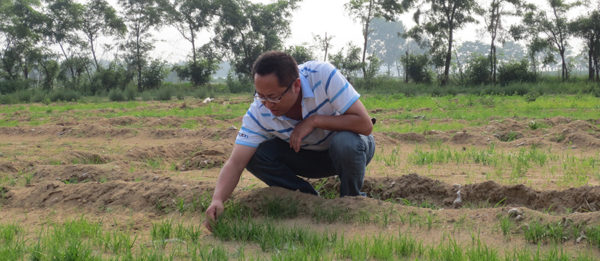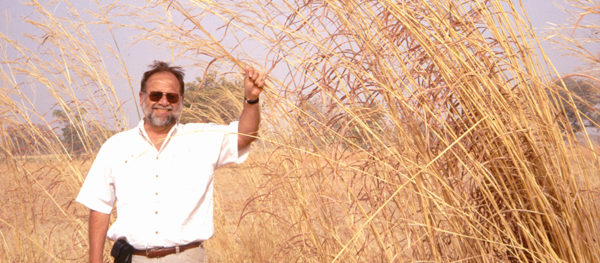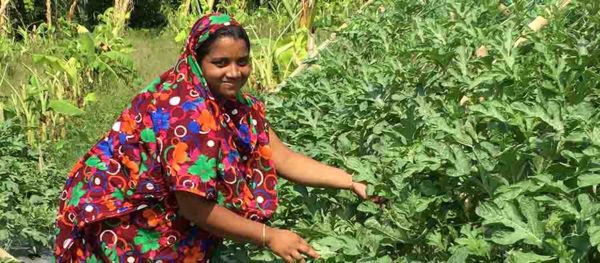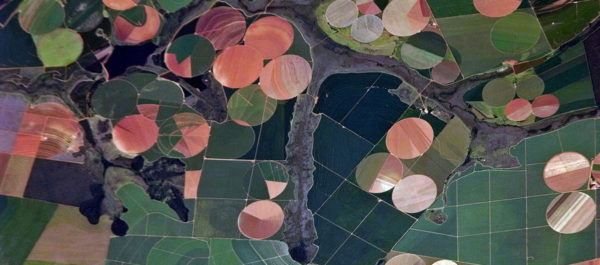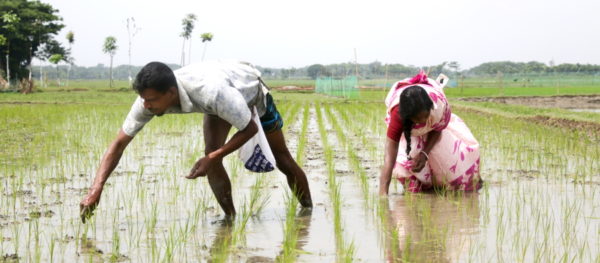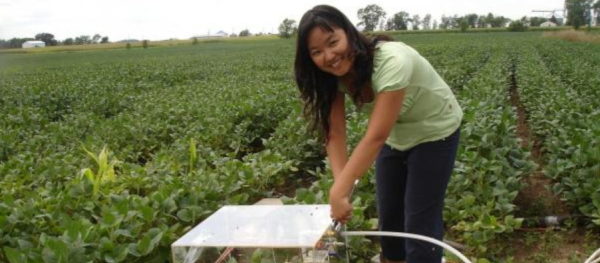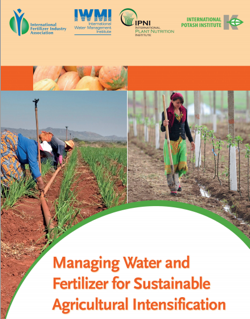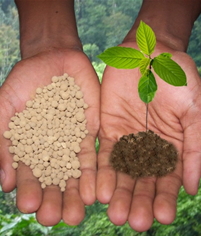Tag: fertilizer

Solving The Water Crisis by Saving Money in Agriculture
Asia: Creative solutions in the Indian agriculture sector have been shown to save water, energy and money in the face of a national water crisis.
Read MoreProfessor Weifeng Zhang Wins IFA Norman Borlaug Award
Asia: Professor Weifeng Zhang, the winner of the 2018 IFA Norman Borlaug Award, has been a driving force in China's agricultural revolution.
Read MoreAgroecology in Action: with Professor Pedro Sanchez
Latin America & the Caribbean: From Brazil to Zambia, Dr. Pedro Sanchez discusses agroecological approaches to build farmers' resilience while protecting the planet.
Read MoreHelping Farmers Earn More at Less Cost Through Fertilizer Use Efficiency
Global: Dr. Scott J. Angle, President and CEO of IFDC explains how farmers can keep their costs low and their yields high through efficient fertilizer use.
Read MoreChegou a Hora Para a Segunda Revolução Verde no Brasil
Latin America & the Caribbean: New innovations can help bring about a second green revolution, says executive director of Brazil's national fertilizer association.
Read MoreIt Is Time for Brazil’s Second Green Revolution
Latin America & the Caribbean: New innovations can help bring about a "Second Green Revolution" in Brazil, explains the executive director of Brazil's national fertilizer association, ANDA.
Read MoreSoil Health: The Key to Boosting Productivity, Sustainability and Resilience
Global: Adrian Johnston, Retired Vice President of IPNI Africa & Asia tells Farming First why efficient use of fertilizer is key to doubling smallholder productivity & incomes, SDG2.3.
Read MoreCan Fertilizers Help Us Mitigate Climate Change?
Asia: Chief Program Officer at the International Fertilizer Development Cente outlines the ways that sustainable fertilizer use can combat climate change.
Read More#IamAg! Meet Xin, Assistant Professor at the University of Maryland
Asia: Xin Zhang studies the environmental and socioeconomic impacts of agricultural production. Find out how she got started in her academic career.
Read MoreNew infographic: Managing Water and Fertilizer for Sustainable Agricultural Intensification
Global: This World Water Week, IFA and partners have produced an infographic that visualises the necessary steps for the optimization of water and fertilizer use.
Read MoreClosing Africa’s Yield Gap
Africa & Middle East: How can more competitive and sustainable fertilizer markets be established in Africa to contribute to an African Green Revolution?
Read MoreVideo: Nutrition for People, Nutrition for Plants with Esin Mete, IFA
Global: Fertilizers don't only help plants grow, but can also contribute a lot to human health.
Read More
